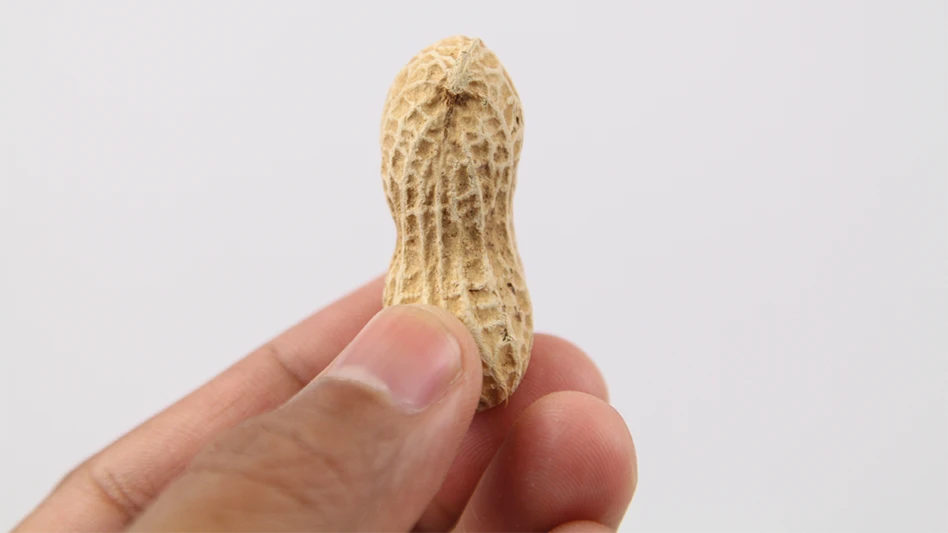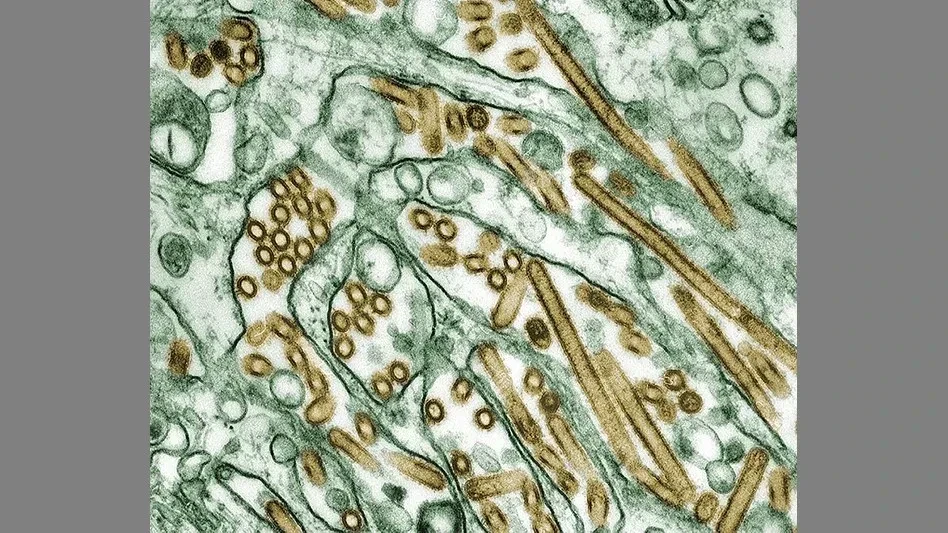Storage-free inspection aisles and sanitation lines are important non-chemical strategies for minimizing rodent — and other pest — problems inside all types of commercial buildings, but especially inside food-handling establishments. Grocery stores, food plants, restaurants and warehouses are especially susceptible to rodent infestations, and can greatly benefit from the implementation of storage-free areas.
DIRECT CONNECTION TO EXTERIOR AREAS. When supplies are stored directly on the inside of perimeter walls, without any inspection aisle, the situation becomes highly conducive to pest problems. Such walls often are connected to the immediate building exterior via utility lines entering through the walls or from the various wall and floor expansion joints and seams.
Many times, these structural spaces and lines are not properly sealed or the seals separate over time, providing ample space for pests to gain entry. Mice require only about 6 mm to gain entry, while rats need about 12 mm. For many other insect pests — e.g., ants, grain beetles — entry space is measured by just one or two millimeters.
HARBORAGE-SEEKING BEHAVIOR. Mice and rats are thigmophilic and phototropic-negative animals. These fancy terms basically mean “touch loving” and “light avoiding,” respectively. Once rodents gain entry inside buildings, they gravitate toward dark and shadowy areas, such as those created by supplies stored directly next to walls or where cracks and crevices formed by wall/floor junctions provide them harborages. Such areas help rodents avoid their predators.
ATTRACTIVE AIRFLOW. Many insects and rodents prefer areas of low airflow. Insects lose body moisture rapidly when exposed to constant air currents passing over them. Rodents may lose precious body heat in these environments as well. Areas congested with supplies have low airflow and are therefore attractive to pests.
UNNOTICED FOOD SPILLAGE. Because wall and corner areas often are where products get squeezed into available spaces, product breakage and food spillage is common. Eventually, these areas become “out of sight, out of mind” and they remain cluttered and uncleaned for prolonged periods of time.
Rodents living or hiding in such areas discover that food can be consumed in the total protection of the clutter and darkness. When mice are present in these situations, they have an abundance of nooks and crannies among the cluttered boxes and pallets to explore and hide in. As a result, the need is lessened for the mice to explore new holes — or curiosity traps — in cleaner areas.
PROBLEMATIC PEST CONTROL. Certainly, when inspection aisles and access spaces are not maintained, pest management efforts are hampered or even totally wasted. These spaces inside our buildings that are so vulnerable to rodents and other pests cannot receive proper inspection or the possible installation of rodent traps and monitoring stations (or any possible other pesticide treatments needed to control pests). Or, once rodent control equipment has been installed, the equipment cannot be serviced properly.
Additionally, inside food storage facilities, if inspection aisles are not respected by employees, rodent traps and monitors often are smashed and broken by forklifts or by products being shoved into and on top of them. Replacing and repairing rodent devices is unnecessarily expensive and annoying to both pest management professionals and facility managers.
STRUCTURAL DAMAGE. Finally, when an inspection aisle program is not established or respected, walls are repeatedly damaged form stored products and supplies being constantly shoved into them or heavy loads falling onto them. Holes, depressions, and the many resulting cracks and crevices create ideal rodent and insect pest harborages.
The author is president of RMC Consulting.

Explore the August 2007 Issue
Check out more from this issue and find your next story to read.
Latest from Quality Assurance & Food Safety
- Nestlé Opens Arizona Beverage Factory and Distribution Center
- Ingredion Invests $100 Million in Indianapolis Plant to Improve Efficiency, Enable Texture Solutions Growth
- Eagle Unveils Redesigned Pipeline X-ray System
- USDA Invests Up To $1 Billion to Combat Avian Flu, Reduce Egg Prices
- Washington Cats Confirmed with HPAI as Investigation into Contaminated Pet Food Continues
- USDA Confirms Bird Flu Detected in Rats in Riverside
- Kyle Diamantas Named FDA’s Acting Deputy Commissioner for Human Foods
- QA Exclusive: Food Safety Leaders React to Jim Jones’ Departure, FDA Layoffs





